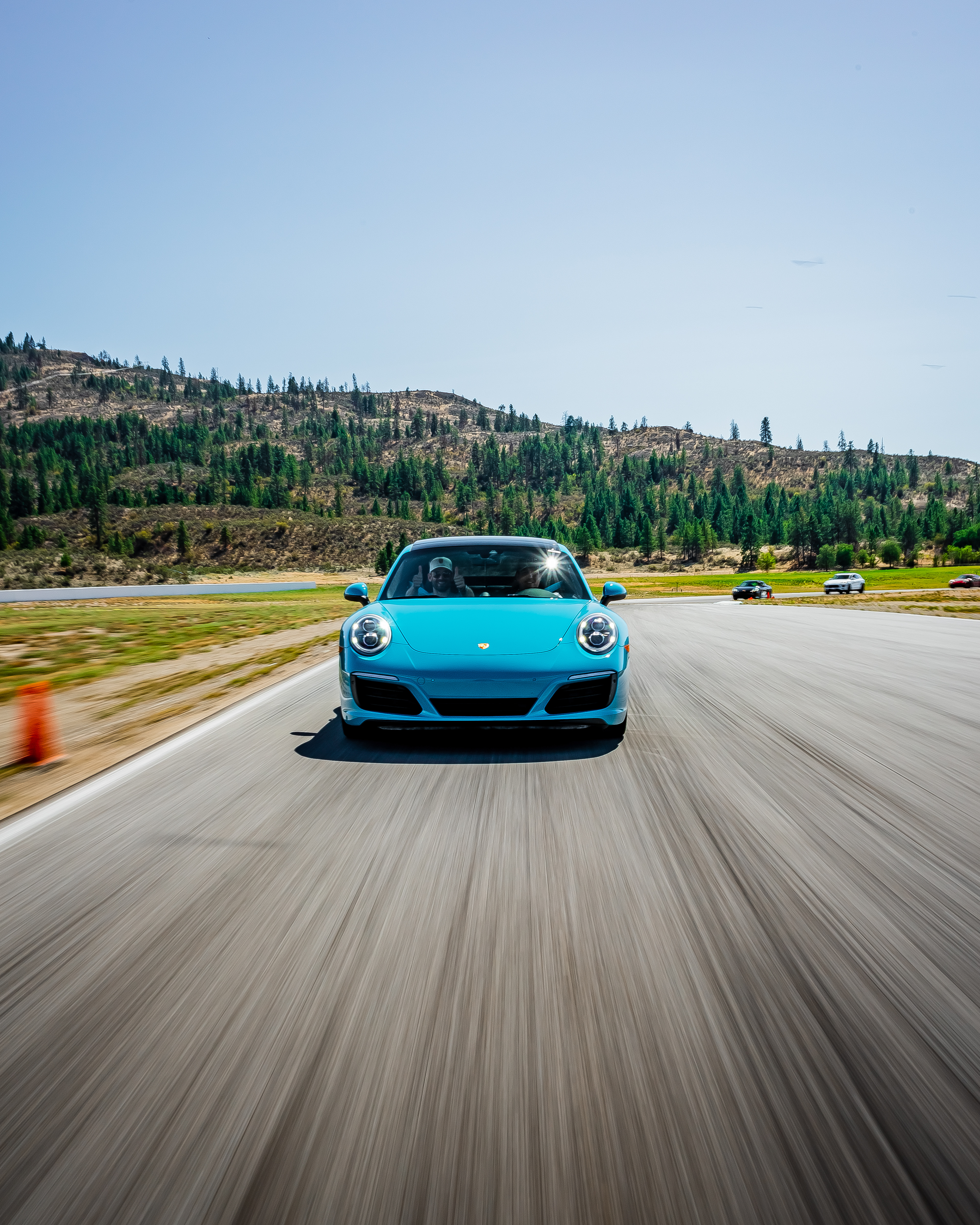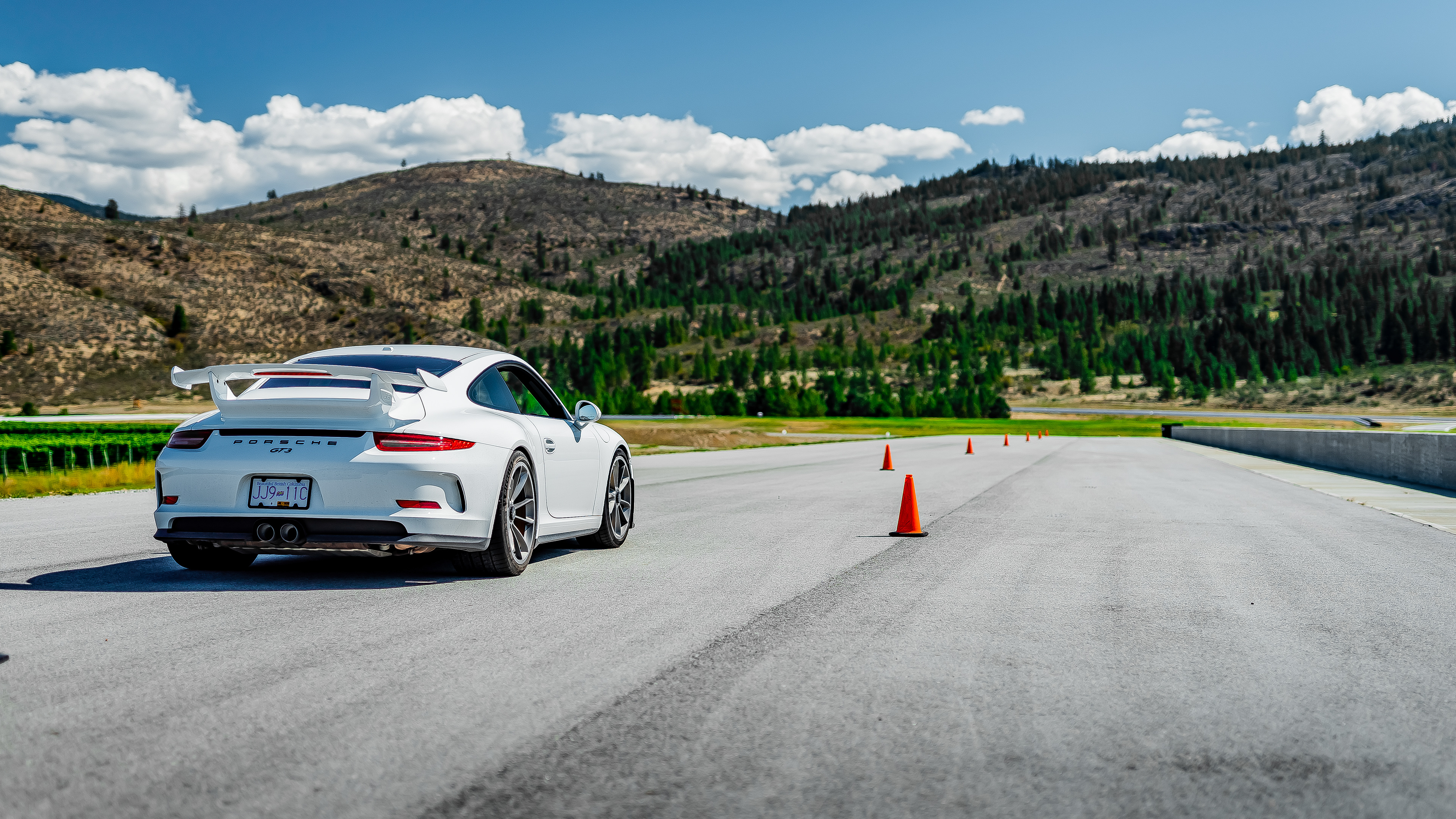Ultimate Guide to Capturing Action Shots at Area 27 Race Track
Welcome to the ultimate guide for capturing action shots at Area 27 Race Track! Nestled in the scenic Okanagan Valley of British Columbia, Area 27 is a dream location for motorsports enthusiasts and photographers alike. This guide will help you master the art of action photography, ensuring you capture stunning images that convey the speed, excitement, and adrenaline of the racetrack.
Preparing for the Shoot
Before heading out to Area 27, preparation is key to a successful shoot. Here’s how to get started:
Research the Track Layout
Understanding the layout of Area 27 is crucial. Familiarize yourself with the track’s turns, straightaways, and key locations. Knowing where the most exciting action happens will help you position yourself for the best shots.
Understanding Race Day Schedules
Check the race day schedules and plan your shoot accordingly. Different races and events may offer varied opportunities for action shots. Arrive early to scout the location and find the best vantage points.
Packing the Right Gear
Equip yourself with the right gear. A DSLR or mirrorless camera with a fast shutter speed, a range of lenses (especially telephoto), extra batteries, and memory cards are essential. Don’t forget a monopod or tripod for stability during long shoots.



Choosing the Best Spots
Location, location, location! Picking the right spots on the track can make all the difference.
Cornering Sections
Corners are prime spots for capturing dynamic action shots. Cars slow down and navigate tight turns, offering opportunities to capture the tension and skill of the drivers.
Straightaways
Straightaways are perfect for showcasing the raw speed of the vehicles. Position yourself at the beginning or end of a straightaway to capture cars zooming past.
Pit Lane and Paddock Area
The pit lane and paddock areas are bustling with activity. These spots are great for capturing behind-the-scenes moments and the intensity of pit stops.



Camera Settings for Action Shots
Getting your camera settings right is crucial for capturing clear, sharp action shots.
Shutter Speed
A fast shutter speed is essential for freezing motion. Aim for at least 1/1000th of a second to capture cars in sharp detail. Adjust as needed based on the speed of the action and lighting conditions.
Aperture and ISO
Use a wide aperture (low f-stop number) to create a shallow depth of field, isolating the subject from the background. Adjust the ISO to ensure proper exposure without introducing too much noise.
Focus Modes and Techniques
Continuous autofocus (AI-Servo or AF-C) is ideal for tracking moving subjects. Use burst mode to take multiple shots in quick succession, increasing your chances of getting the perfect shot.
Capturing Motion and Speed
Conveying the sense of speed and motion is key to great action photography.
Panning Shots
Panning involves following the subject with your camera while using a slower shutter speed. This technique creates a sense of motion with a sharp subject against a blurred background. Practice your timing to perfect this technique.
Freezing the Action
For crisp, clear images, use a fast shutter speed to freeze the action. This technique works well for capturing moments like cars launching off the starting line or intense overtakes.
Conveying Speed and Drama
Experiment with angles and compositions that emphasize the speed and drama of the race. Low angles, wide shots, and capturing the environment can add context and excitement to your photos.
Composition Techniques
Great composition can elevate your action shots from good to outstanding.
Rule of Thirds
Use the rule of thirds to create balanced and engaging compositions. Place the subject along the grid lines or at the intersections to create more dynamic images.
Leading Lines
Utilize leading lines, such as the track or barriers, to draw the viewer’s eye towards the main subject. This technique adds depth and direction to your photos.
Framing and Perspective
Experiment with different framing techniques and perspectives. Shoot through barriers, fences, or other objects to create unique and interesting compositions.

Post-Processing Tips
Post-processing is where your photos can truly come to life.
Enhancing Colors and Contrast
Boost the colors and contrast to make your images pop. Adjust the saturation, vibrance, and contrast settings to enhance the overall look of your photos.
Cropping and Framing
Crop your images to focus on the most important elements. Ensure your subject is well-positioned within the frame, and remove any distracting elements.
Sharpening and Noise Reduction
Apply sharpening to enhance the details of your photos. Use noise reduction tools to minimize any graininess, especially if you shot at a high ISO.

Safety Considerations
Safety should always be a top priority when photographing at a race track.
Staying Clear of Restricted Areas
Respect all restricted areas and barriers. These zones are in place for your safety and the safety of the participants.
Using Protective Gear
Wear appropriate protective gear, such as ear protection and sunscreen. Racing events can be loud and expose you to the elements for extended periods.
Being Aware of Your Surroundings
Always be aware of your surroundings. Keep an eye on the track and the vehicles to avoid any dangerous situations.
Capturing action shots at Area 27 Race Track can be an exhilarating experience. By preparing thoroughly, choosing the right spots, mastering your camera settings, and paying attention to composition, you’ll be well on your way to creating stunning photos that convey the excitement and speed of the race. Keep practicing, stay safe, and most importantly, have fun!
FAQs
What type of camera is best for action shots?
A DSLR or mirrorless camera with fast autofocus and high burst rates is ideal for action shots. Models from Canon, Nikon, and Sony are popular choices.
How do I get permission to photograph at Area 27?
Contact Area 27’s management team in advance to inquire about obtaining a photographer’s pass. They can provide the necessary permissions and guidelines.
What settings should I use for low-light conditions?
Increase your ISO to make the sensor more sensitive to light, use a wider aperture to allow more light in, and consider using a slower shutter speed, but be cautious of motion blur.
Can I use a smartphone for action photography?
While smartphones have limitations, modern models with manual controls and high-speed shooting modes can capture decent action shots. However, a dedicated camera will yield better results.
What are some common mistakes to avoid?
Avoid using a slow shutter speed without panning, neglecting to scout locations in advance, and ignoring safety guidelines. Always review your shots and adjust settings as needed.
